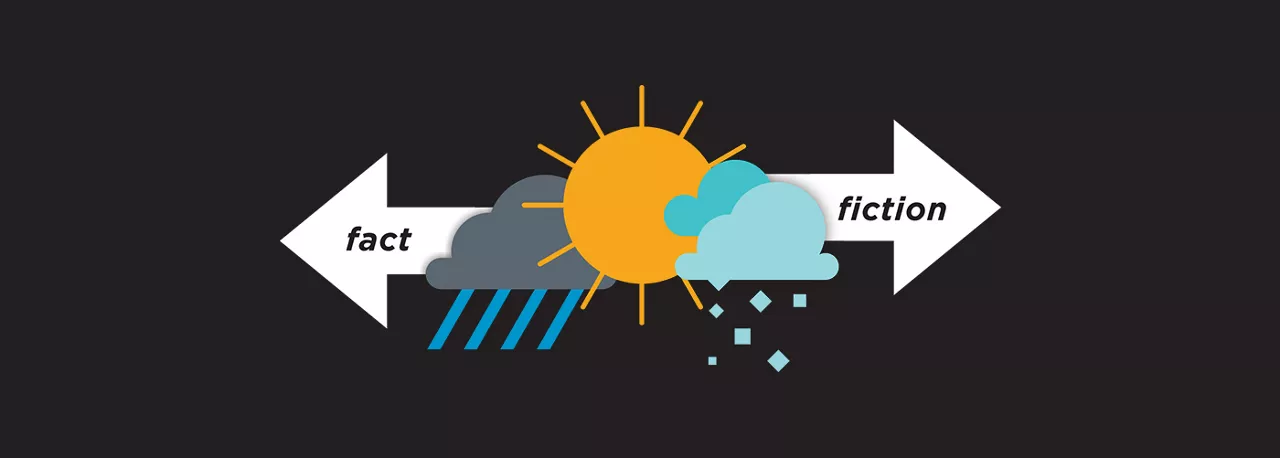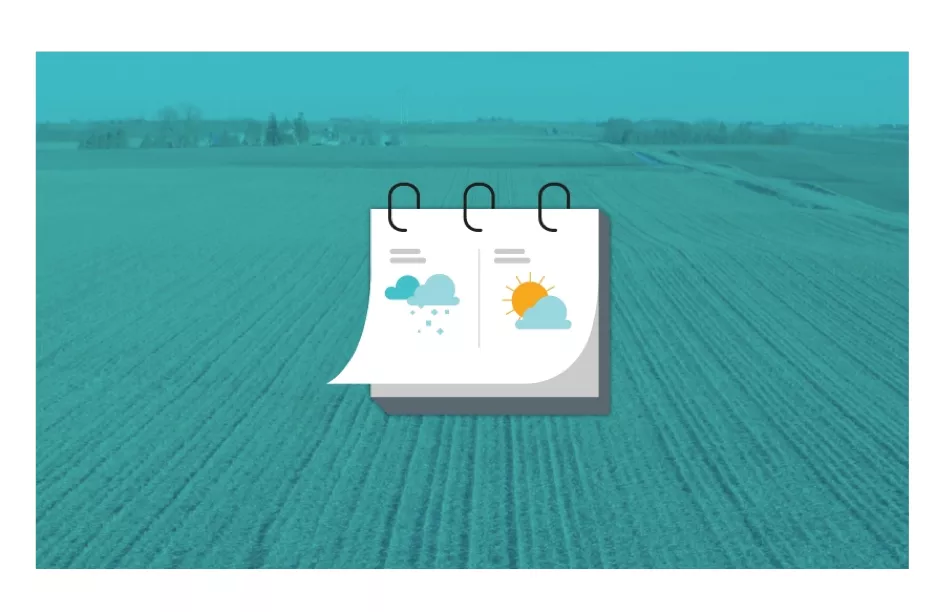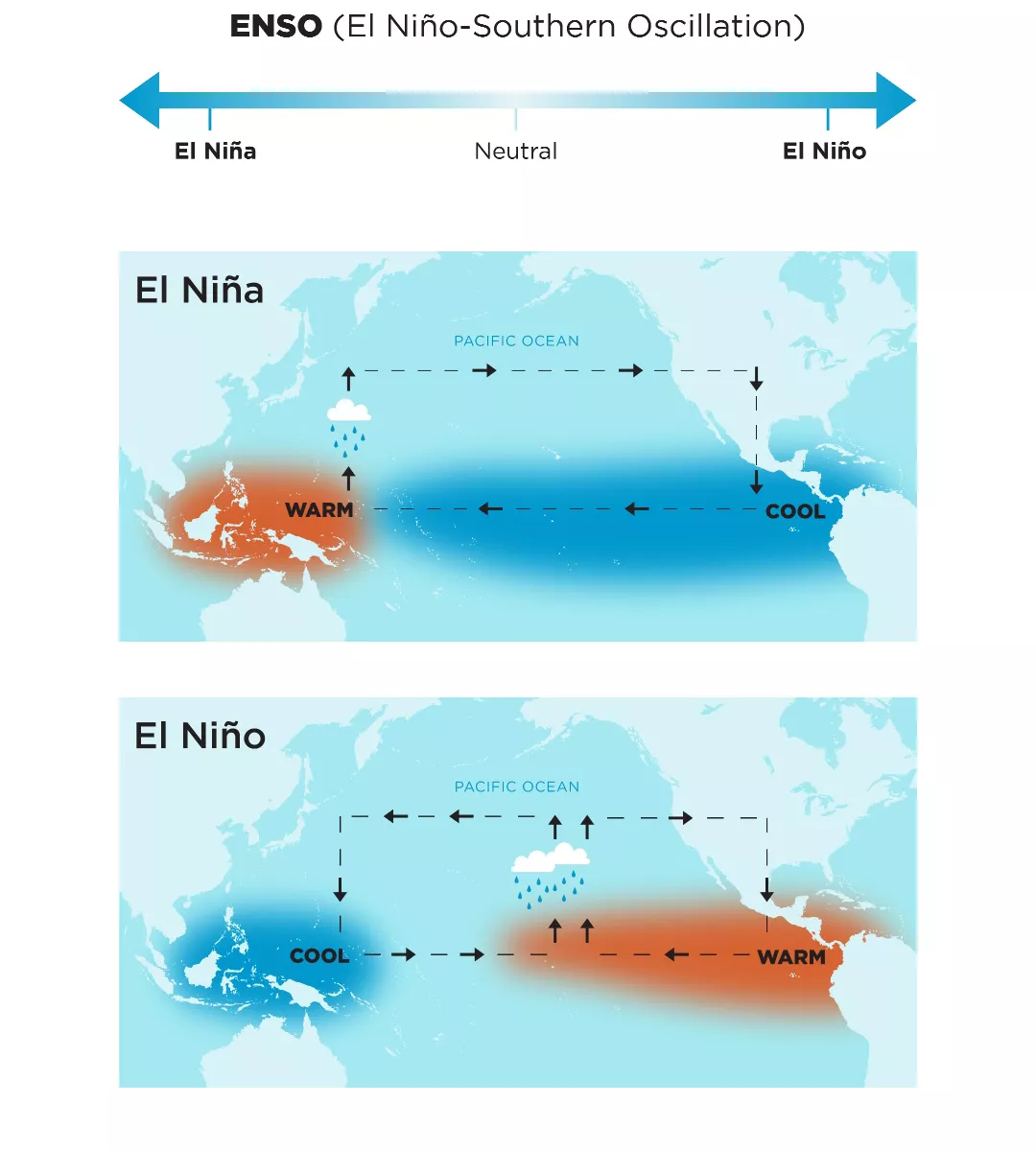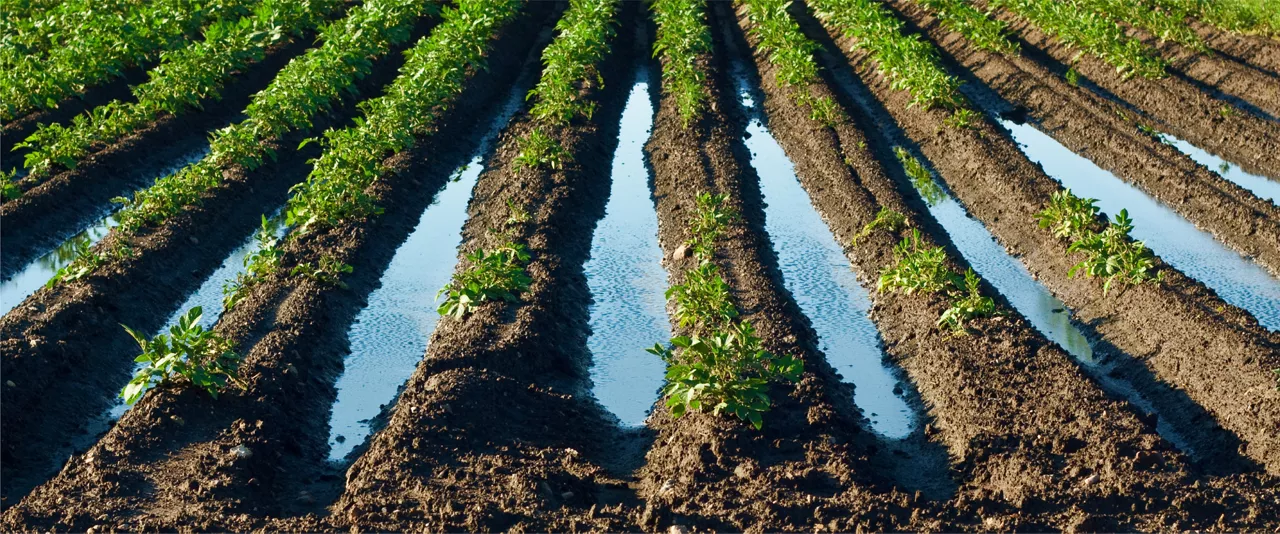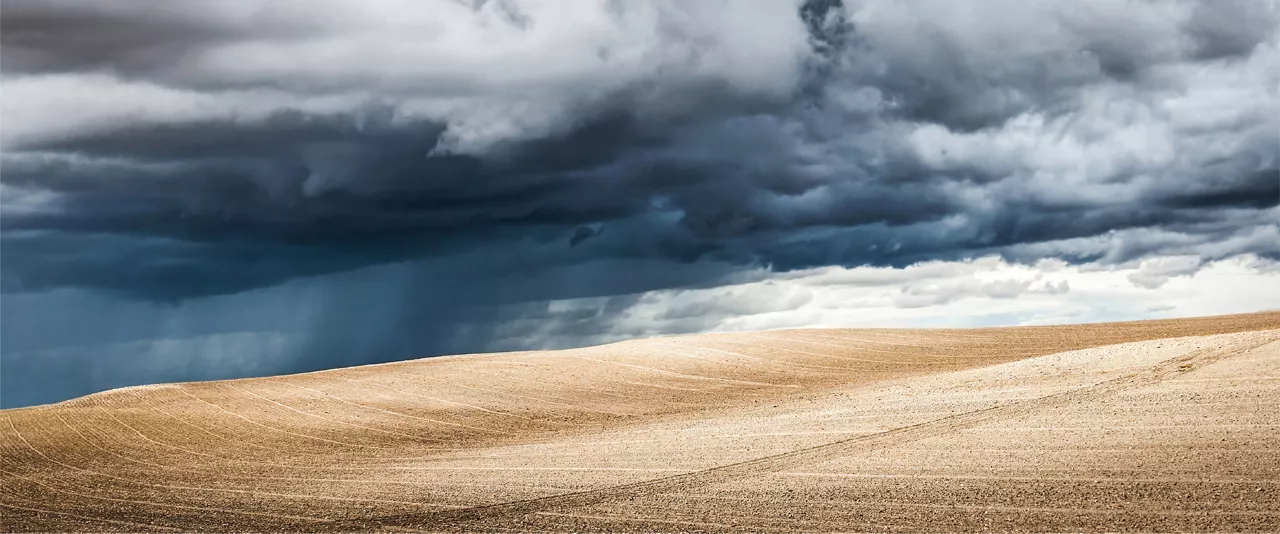
Gauging Variability: Field-Level Comparisons Of Rain Gauge Measurements Versus FieldView Rainfall Estimates
As part of our work on the Climate Weather Science team, we study how rainfall can vary a lot across a single field or an entire operation. This variability is why FieldView™ rainfall reports provide an average estimate of rainfall over a field — these rainfall estimates at the field level can be more valuable for decision-making than individual rain gauge observations.
